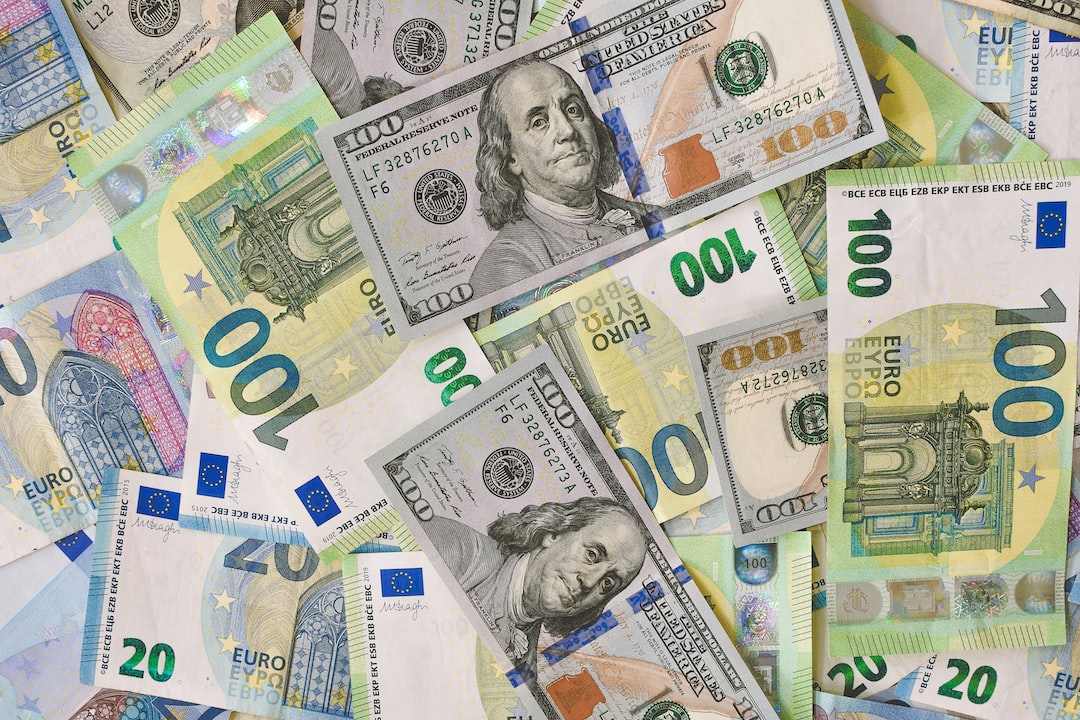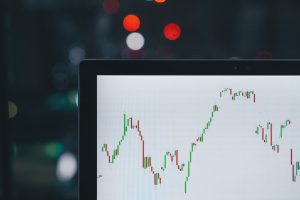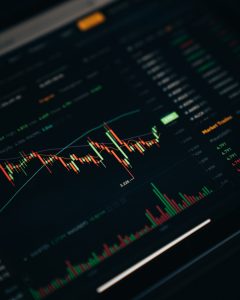The forex market, also known as the foreign exchange market, operates on a global scale and trades trillions of dollars each day. It is a decentralized market where currencies are bought and sold. The forex market allows traders to speculate on the price movements of different currencies, and to make a profit by buying low and selling high. One of the key concepts in forex trading is the lot size, which refers to the size of a trade.
What is a lot size?
A lot size is the number of units of a currency that a trader buys or sells in a single transaction. In the forex market, a standard lot size is 100,000 units of a currency. However, traders can also trade in smaller lot sizes, such as mini lots (10,000 units) or micro lots (1,000 units).
The lot size is an important consideration for forex traders because it determines the amount of risk and potential profit in a trade. The larger the lot size, the greater the potential profit or loss. For example, if a trader buys one standard lot of the EUR/USD currency pair at a price of 1.1000 and sells it at a price of 1.1100, they will make a profit of $1,000 (100,000 units x 0.0100). If the same trader had bought one mini lot of the same currency pair, their profit would have been $100 (10,000 units x 0.0100).
Lot sizes and leverage
Forex trading is typically done with leverage, which means that traders can control larger positions with a smaller amount of capital. For example, a trader who has a $1,000 account balance and uses leverage of 1:100 can control a position of $100,000. However, leverage also increases the risk of a trade, as losses are amplified as well as profits.
Lot sizes are closely linked to leverage, as the size of a position is determined by the lot size and the leverage used. For example, a trader who wants to buy one standard lot of the EUR/USD currency pair with a leverage of 1:100 would need to have $1,000 in their trading account. If they wanted to buy one mini lot of the same currency pair, they would need to have $100 in their account.
Lot sizes and risk management
Managing risk is an important part of forex trading, and lot sizes play a key role in this process. Traders need to determine the appropriate lot size for each trade based on their risk tolerance, account balance, and trading strategy.
One common approach to risk management is to limit the amount of capital that is risked on any single trade. For example, a trader might decide to risk no more than 2% of their account balance on any trade. If they have a $10,000 account balance, this means they would risk a maximum of $200 on any trade.
To determine the appropriate lot size for a trade, the trader would need to calculate the maximum allowable loss based on their risk management strategy. If they are using a stop loss order to limit their potential losses, they can calculate the lot size that corresponds to the maximum allowable loss.
For example, if a trader wants to buy one standard lot of the EUR/USD currency pair with a stop loss order at 1.0900, they would be risking 100 pips (1.1000 – 1.0900). If they want to risk no more than $200 on the trade, they would need to use a lot size that corresponds to a maximum loss of $200. To calculate this, they would divide the maximum allowable loss by the value of a pip for one standard lot of the EUR/USD currency pair. If the value of a pip for one standard lot is $10, they would need to use a lot size of 2 mini lots ($200 / $10 / 10,000 units).
Conclusion
Lot size is an important concept in forex trading that determines the size of a trade and the potential profit or loss. Traders need to carefully consider their lot size based on their risk tolerance, account balance, and trading strategy. By managing risk effectively and using appropriate lot sizes, traders can increase their chances of success in the forex market.





